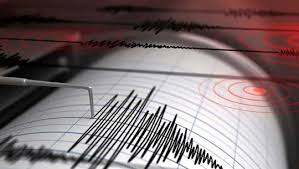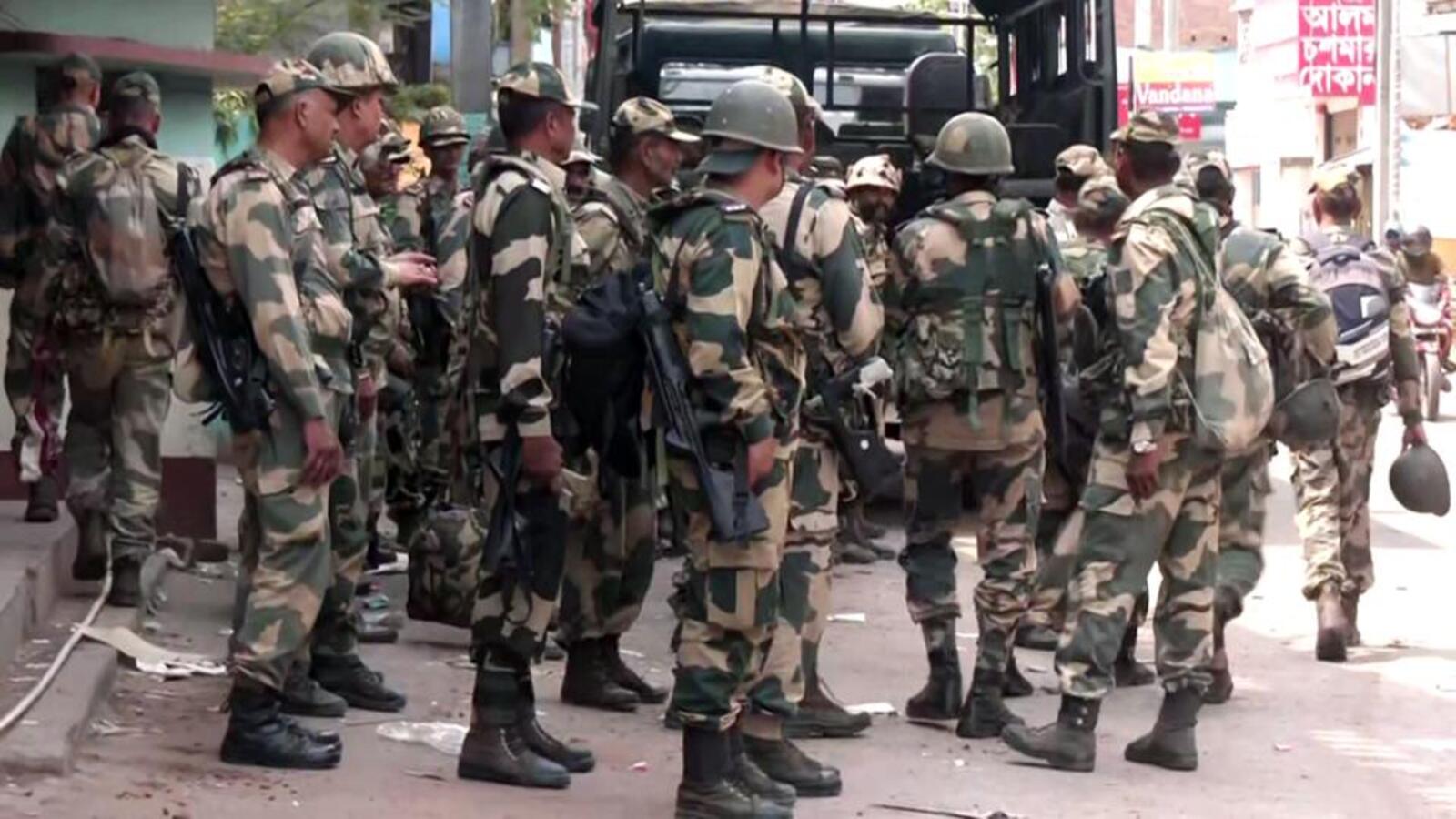Lion Air crash: 'Black box' voice recorder found
Mon 14 Jan 2019, 11:12:28
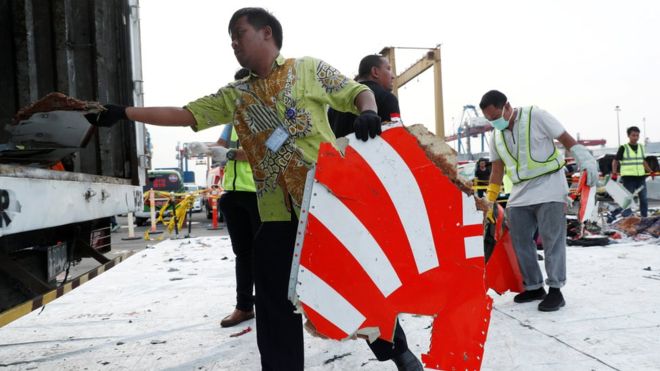
Officials in Indonesia say they have found the "black box" voice recorder from a Lion Air flight which crashed off the coast of Jakarta in October.
All 189 people on board died when Flight JT610 fell into the sea shortly after taking off for the short journey to Pangkal Pinang.
The pilot had asked air traffic control for permission to turn back to the airport but then contact was lost.
Investigators say the plane had encountered technical problems.
The main body of the aircraft has never been found.
Haryo Satmiko, deputy chief of Indonesia's transport safety committee (KNKT), was quoted by Reuters as saying that the cockpit voice recorder (CVR) had been found "but we have not received information of the location yet".
Mr Satmiko told AFP that the voice recorder was found at around 09:00 local time (02:00 GMT).
Indonesia's Navy spokesman Agung Nugroho told Reuters that the recorder was found 8m deep (26ft) under mud on the sea floor.
Mr Nugroho said that a weak signal from the recorder had been detected "for several days".
He added that the recorder had "obvious scratches on it", but
that it was unclear what damage it had suffered.
that it was unclear what damage it had suffered.
Listening to the last conversations between the pilots and ground control on the CVR should help investigators to finish piecing together what went wrong in the short flight.
The first black box, the plane's flight data recorder, was found last November, buried in debris on the floor of the Java Sea.
Officials had said then that it could take up to six months to analyse data from the black boxes.
'Not airworthy'
Flight JT610 took off from Jakarta at 06:20 on Monday (23:30 GMT on Sunday).
It crashed minutes after the pilot asked for permission to turn back to the airport.
Findings by KNKT now suggest that Lion Air had put the plane back into service despite it having had problems on earlier flights.
The pilots appeared to struggle with an automated system designed to keep the plane from stalling - a new feature of the Boeing 737 Max.
The anti-stalling system repeatedly forced the plane's nose down, despite efforts by pilots to correct this.
Investigators have now said that the plane was not airworthy, and should have been grounded.
No Comments For This Post, Be first to write a Comment.
Most viewed from International
Most viewed from World
AIMIM News
Latest Urdu News
Most Viewed
May 26, 2020
Do you think Canada-India relations will improve under New PM Mark Carney?
Latest Videos View All
Like Us
Home
About Us
Advertise With Us
All Polls
Epaper Archives
Privacy Policy
Contact Us
Download Etemaad App
© 2025 Etemaad Daily News, All Rights Reserved.


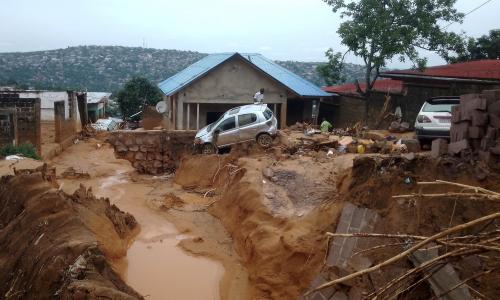
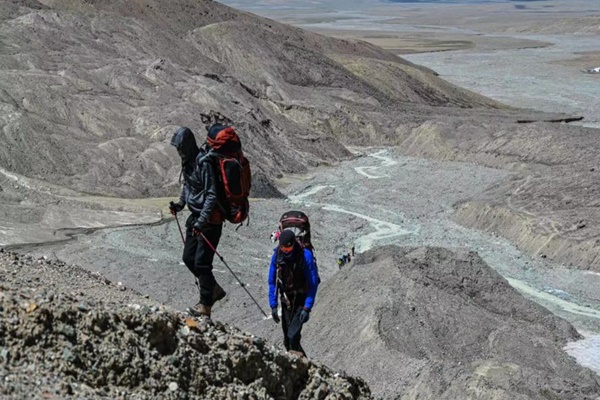

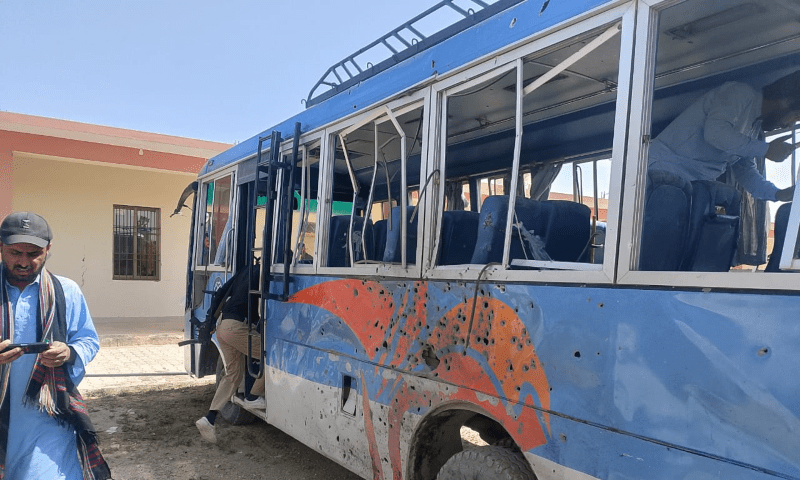

.jpg)




